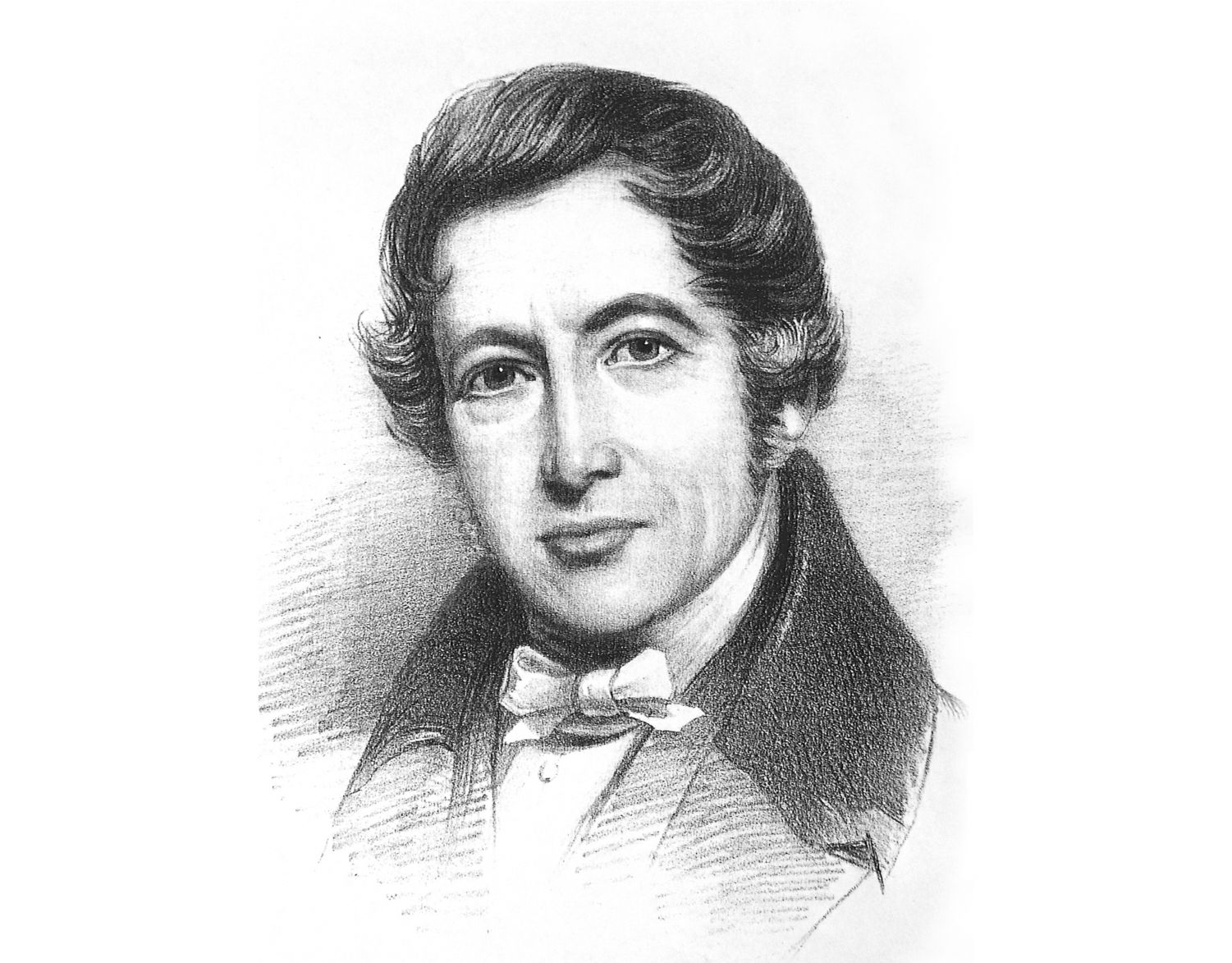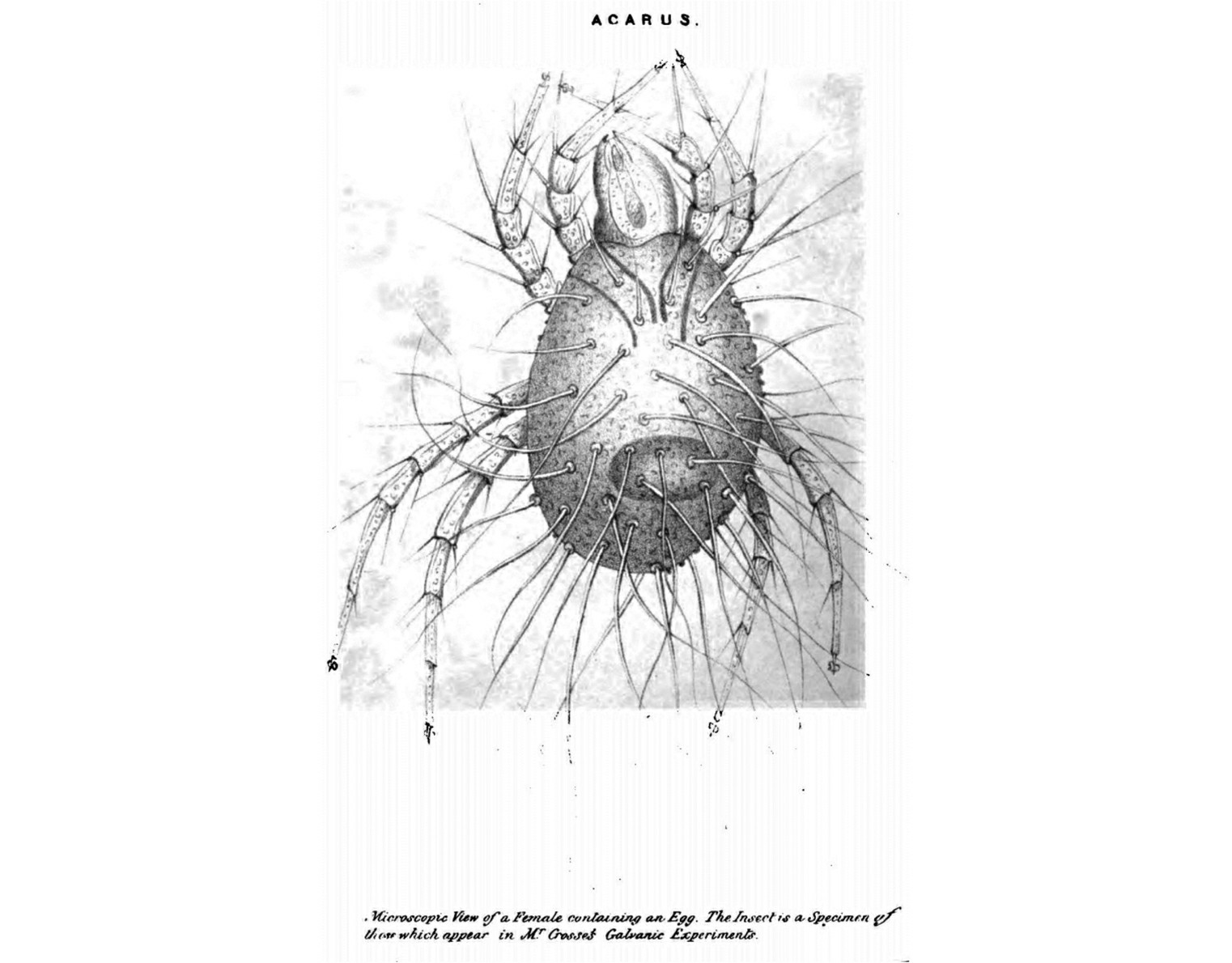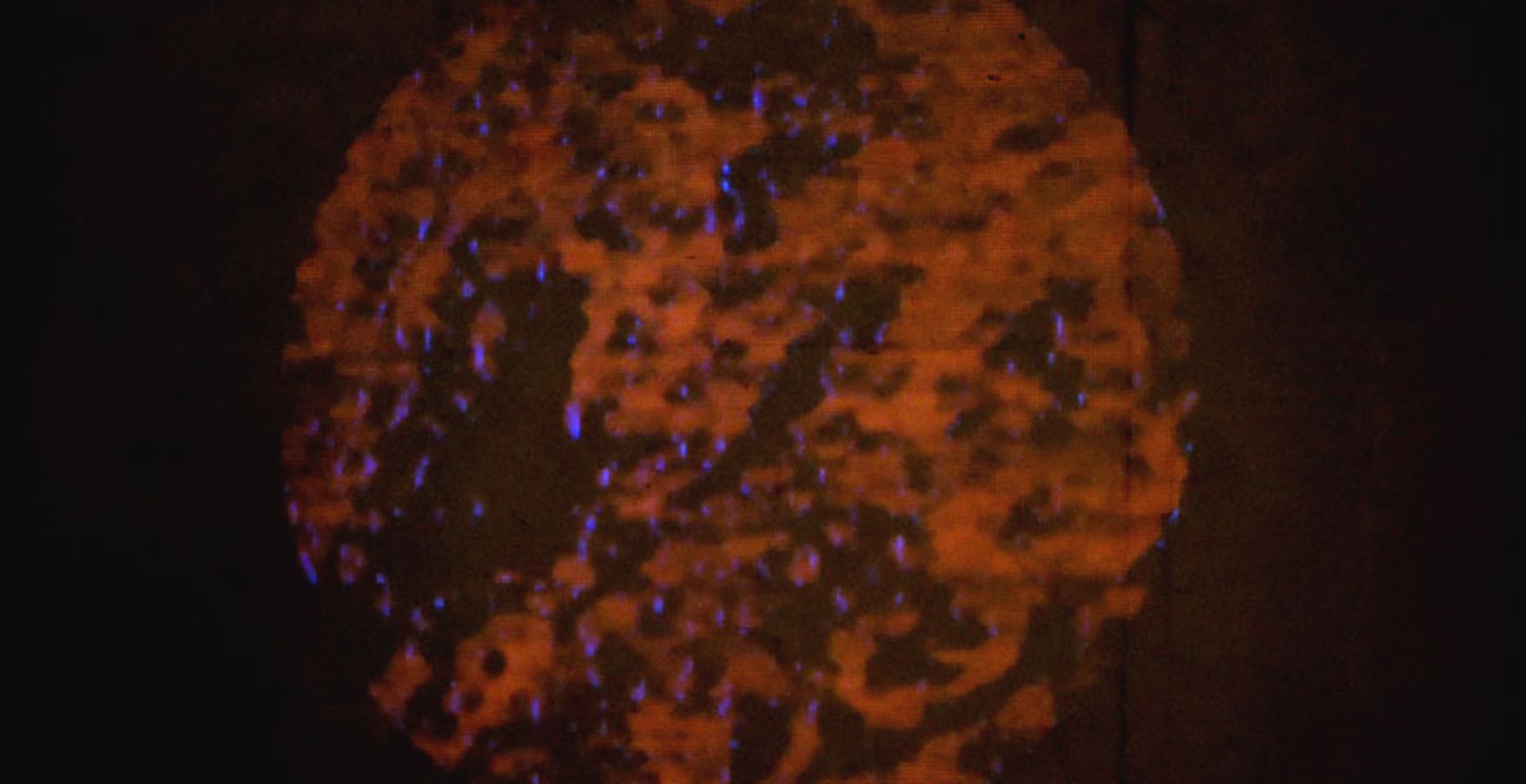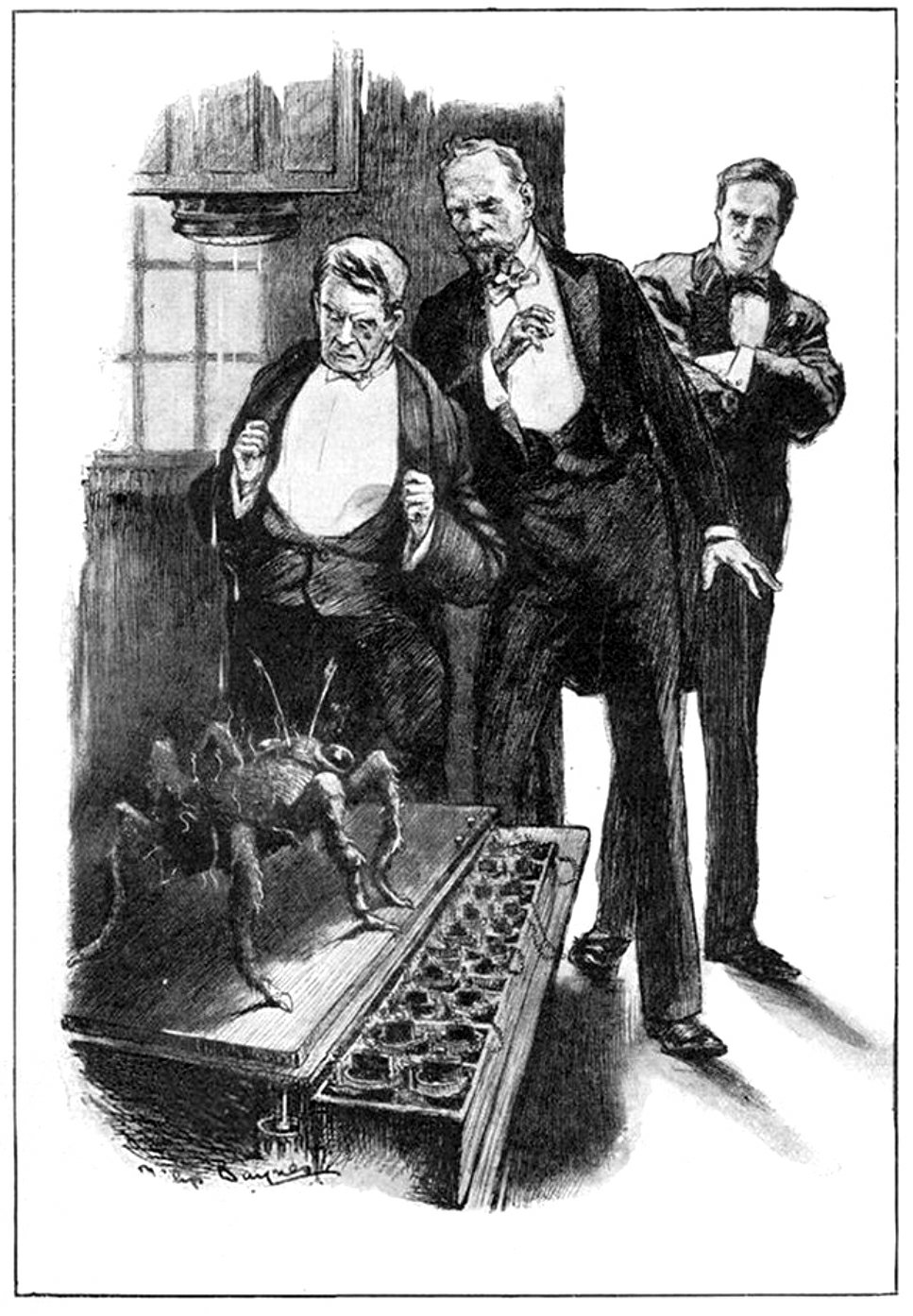Andrew Crosse, an amateur scientist, made the unthinkable happen 180 years ago: he accidently created life. He never explicitly stated that his little creatures were conjured from the aether, but he was never able to discern where they originated from if they weren’t produced from the aether.

Crosse inherited the family’s huge English estate, known as Fyne Court, after his parents passed away. Crosse converted the old manor’s music room into his “electric room,” a laboratory where he conducted numerous experiments over the years.
To research atmospheric electricity, he built a huge apparatus, and he was one of the first people to build large voltaic stacks of electricity. But it would be a succession of seemingly insignificant experiments to make minerals artificially that would seal his unique place in history.
Andrew Crosse’s wife Cornelia wrote in the book “Memorials, Scientific and Literary, of Andrew Crosse, the Electrician”, published just a few years after his death in 1857,
“In the year 1837 Mr. Crosse was pursuing some experiments on electro-crystallization, and in the course of these investigations, insects made their appearance under conditions usually fatal to animal life. Mr. Crosse never did more than state the fact of these appearances, which were totally unexpected by him, and in respect to which he had never put forth any theory.”
The “insects” originally formed in an experiment in which a mixture of water, silicate of potassa, and hydrochloric acid were dripped upon porous Vesuvius rock that was continuously electrified by two wires attached to a voltaic battery. Crosse writes, “The purpose of introducing this fluid to a long continuous electric action by the intervention of a porous stone was to create if feasible crystals of silica, but this failed.”
The procedure did not produce the results Crosse had hoped for, but instead got something utterly unexpected. Crosse discovered little, white excrescences projecting from the center of the electrified stone on the 14th day of the experiment.
On the 18th day Crosse noted the growths had enlarged, and now had long “filaments” projecting from them. It was evident right away that these weren’t the synthetic minerals Crosse was attempting to create, but rather something that defied understanding.
Crosse observed, “On the twenty-sixth day, these appearances assumed the form of a perfect insect, standing erect on a few bristles which formed its tail. Till this period I had no notion that these appearances were other than an incipient mineral formation. On the twenty-eighth day, these little creatures moved their legs. I must now say that I was not a little astonished. After a few days, they detached themselves from the stone, and moved about at pleasure.”
Approximately a hundred of these weird bugs formed on the stone during the next few weeks. When they were studied under a microscope, Andrew Cross discovered that the smaller ones had six legs and the larger ones had eight. He brought the creatures to the attention of entomologists, who determined that they were mites belonging to the species Acarus. They are referred to as ‘Acarus Electricus’ in Andrew Crosse’s memoirs, although they are more commonly known as ‘Acari Crossii.’

He wrote “there appears to be a difference of opinion as to whether they are a known species; some assert that they are not. I have never ventured an opinion on the cause of their birth, and for a very good reason — I was unable to form one.”
The simplest solution, his account of the incident stated, “was that they arose from ova deposited by insects floating in the atmosphere and hatched by electric action. Still, I could not imagine that an ovum could shoot out filaments, or that these filaments could become bristles, and moreover I could not detect, on the closest examination, the remains of a shell.”

Crosse repeated his experiment numerous times, each time using a different set of materials, but he came up with the same results. He was astounded to see insects growing several inches beneath the surface of the caustic, electrified fluid in some cases, but they were annihilated if tossed back after emerging from it.
In another instance, he filled the apparatus with a high chlorine atmosphere. Under those conditions, the insects still formed and remained intact for over two years inside the container, but they never moved or showed any signs of vitality.
“Their initial appearance is a very small whitish hemisphere created upon the surface of the electrified body, sometimes at the positive end, sometimes at the negative end, and occasionally between the two, or in the midst of the electrified current; and sometimes upon all,” Crosse explained.
This speck enlarges and elongates vertically over a few days, and shoots out whitish wavy filaments that can be seen via a low-power lens. Then comes the manifestation of animal life for the first time. When a fine point is used to approach these filaments, they shrink and collapse like zoophytes on moss, but they expand again after the point is removed.
After a few days, these filaments develop into legs and bristles, and a perfect acarus emerges, which detaches itself from its birthplace, and if under a fluid, climbs up the electrified wire, and escapes from the vessel, and then feeds on the moisture or the outside of the vessel, or on paper, card, or other substance in its vicinity.

In an 1849 letter to writer Harriett Martineau, Crosse noted how similar the appearance of the mites was to electrically created minerals. “In many of them,” he explained, “more especially in the formation of sulfate of lime, or sulfate of strontia, its commencement is denoted by a whitish speck: so it is in the birth of the acarus. This mineral speck enlarges and elongates vertically: so it does with the acarus. Then the mineral throws out whitish filaments: so does the acarus speck. So far it is difficult to detect the difference between the incipient mineral and the animal; but as these filaments become more definite in each, in the mineral they become rigid, shining, transparent six-sided prisms; in the animal, they are soft and having filaments, and finally endowed with motion and life.”




